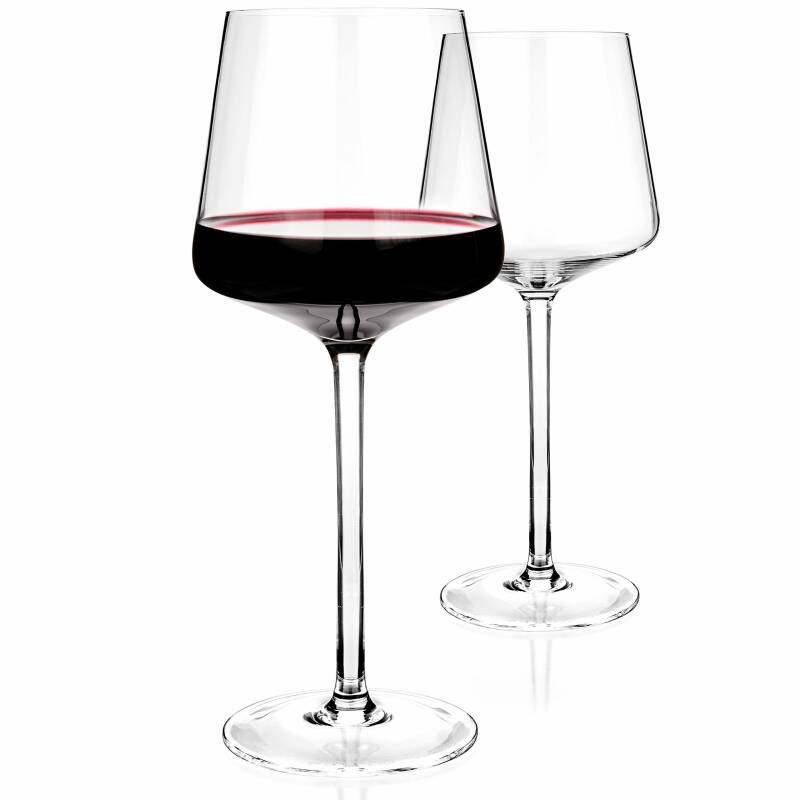
How does a wine glass shape influence the drinking experience? handmade vintage wine glasses
The wine glass shape is not only meant to collect the wine’s aroma but also influences how much wine flows into your mouth. It determines whether the wine moves across the tongue or spreads to the side.
This can actually make the same wine taste quite different indeed!
Parts of a wine glass
The wine glass can be a machine-blown or handmade glass and has these four parts, from bottom to top:
1. Foot
This is the flat base section of the glass that will hold the glass upright on your dining table. A small foot can make the glass imbalanced, and the glass will easily topple on your dining tables. Too large a foot might get stuck under your platters and flatware or tableware.
2. Stem
The stem is the thin, neck section where you usually hold the wine glass or stemware. Holding it there prevents you from heating the wine with your fingers. It also keeps you from smudging the bowl with your fingerprints.
3. Bowl
The bowl is where you’ll see the most variation in wine glasses. The opening will usually be smaller than the shoulder (widest part of the bowl). This shape captures the aroma of the wine.
The bowl’s width determines the surface area of the wine. Some wines should be allowed to “breathe” more than others — this is typical of aged reds with intense, complex aromas.
4. Rim
The thinness of the rim can affect how you perceive the wine’s taste. A glass with a thin rim is much better than a thick rim glass, as it’ll let the wine flow smoothly into your mouth.
Klik hier om een tekst te typen.
Reactie plaatsen
Reacties